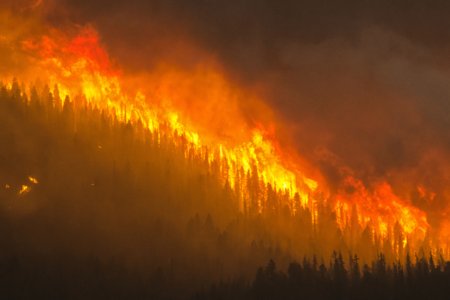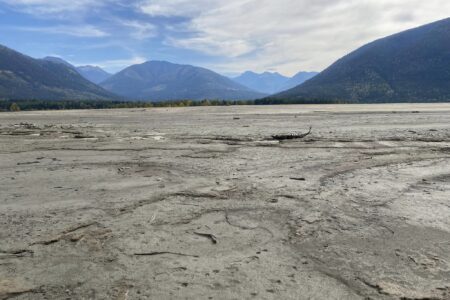The final frontier: the hunt for new worlds in space
There are many worlds out there and NASA has a lot of data that it has not reviewed in the depth that is needed to search every star for its worlds and the evidence there of.
A project in which volunteers hunt online for new planets NASA may have missed is publishing its first results which show some remarkable finds.
Planethunters.org, which was set up by Oxford University physicists, working with colleagues at Yale University and the Adler Planetarium, has enabled over 45,000 armchair astronomers to find candidates for new alien worlds by searching data from the Kepler mission.
There are officially 53 known planetary systems (i.e. stars with at least two confirmed planets), including the Solar System.
There are 34 stars with two planets, 10 with three, 5 with four, 1 with five, 2 with six, 0 with seven, and 1 with eight. The star with the most confirmed planets is Sol, which contains 8 confirmed planets. The star with most confirmed exoplanets are HD 10180 and Kepler-11, both containing 6 confirmed planets.
Reporting on just the first month of the armchair astronomer project, which was launched in December 2010, researchers believe there is a 95% chance or greater that volunteers have already spotted two new exoplanets NASA originally discarded: other finds include a previously unknown eclipsing binary star system.
The Kepler telescopes detect new planets by recording tiny changes in the brightness of stars. This dimming is caused by planets crossing in front of them.
Volunteers visiting planethunters.org sort through thousands of images of stars searching for examples of these dimming events (known as ‘transits’) which NASA’s small team of experts may have missed.
The project builds on a series of highly successful Oxford-led citizen science projects, such as Galaxy Zoo, Old Weather, and most recently Ancient Lives, which have shown that ordinary web users can beat computer algorithms at spotting patterns and interesting phenomena.
Carolyn Bol, from Helensburgh in Scotland, is one of the planethunters.org volunteers who has made a discovery that will soon see her name appear on a scientific paper.
It was while sorting through images of stars that Carolyn made her discovery:
“The moment I saw the pattern I screamed A PLANET ! just because all the light curves I was classifying were very similar, some pulsating etc but there were no distinctive transits until that pattern appeared and I was sure I was watching a planet.”
In fact Carolyn’s planetary candidate would later be found to be not an alien world passing in front of a star but something almost as exotic: an eclipsing binary system containing two stars in which one star’s orbit sees it pass in front of its companion.
It just goes to show that when you unleash an army of citizen scientists part of the fun is not knowing what they will turn up.
Planethunters.org was originally set up by Oxford’s Department of Physics to test NASA’s Kepler project which is searching for planets in the Goldilocks zone, the region around a star in which planets can have liquid water and are neither too hot nor too cold for life to exist.
In February 2011 NASA confirmed the discovery of the 15th planet since the project began nearly two years ago.
- For further information: http://www.ox.ac.uk/media/science_blog/110928.html
























Comments